Most Popular
Housing Wealth and Online Consumer Behavior: Evidence from the Xiong’an New Area in China
Hanming Fang, Long Wang, Yang Yang, Nov 16, 2022We provide new evidence on the causal effects of housing wealth on consumer behavior.
Improving Regulation for Innovation: Evidence from China’s Pharmaceutical Industry
Ruixue Jia, Xiao Ma, Jianan Yang, Yiran Zhang, Mar 06, 2024In 2015, China revamped its pharmaceutical regulations, drawing inspiration from the US, to accelerate drug approvals. Using data at the drug and firm levels during 2011–2021, this study reveals three key outcomes.
Local Government Financial Constraint and Spending Multiplier in China
Yang Su, Dec 28, 2022Local fiscal policies have been very effective in China since 2000.
Government Deleveraging and Non-SOE Liquidity Squeeze: Evidence from Subnational Debt and Government Contractors
Jiayin Hu, Songrui Liu, Yang Yao, Zhu Zong, May 15, 2024China's deleveraging policies have inadvertently exacerbated the financial liquidity pressure on non-state-owned enterprise (non-SOE) contractors, revealing the potential adverse impact of government fiscal consolidation on private enterprises.
Discounting Chinese Industrial Policy
Andrew J.Sinclair, Chuyi Zhang, Jan 31, 2024The Chinese government supports the development of dozens of industries today, but the long-run sustainability of this model depends crucially on policy efficiency.




 Facebook
Facebook  Twitter
Twitter  Instagram
Instagram WeChat
WeChat  Email
Email 


